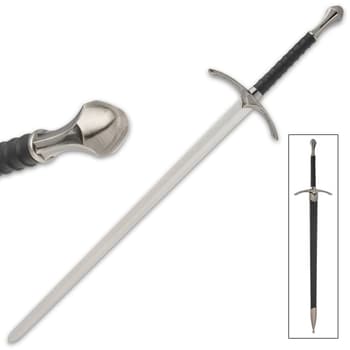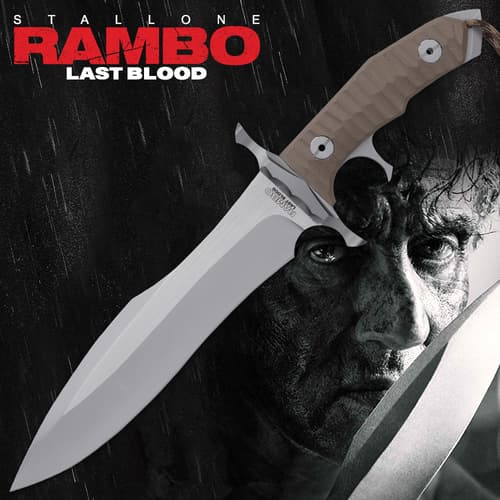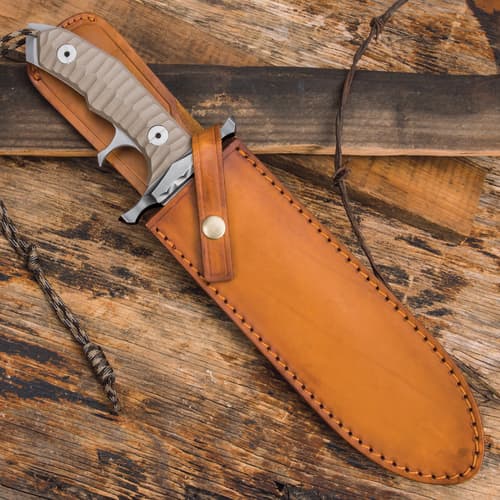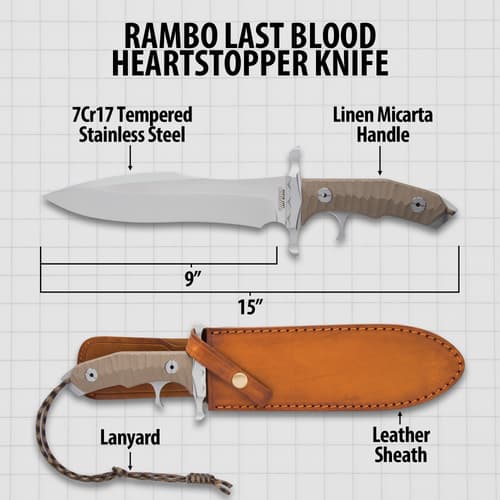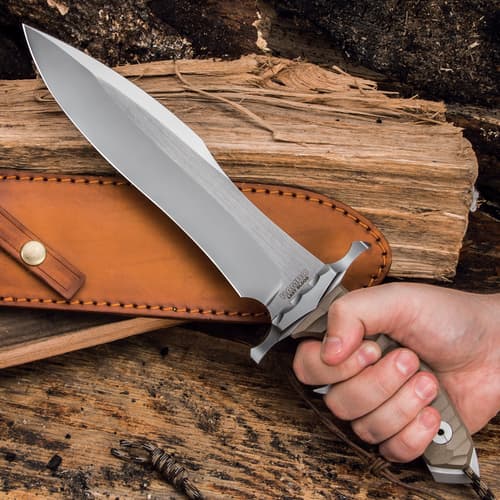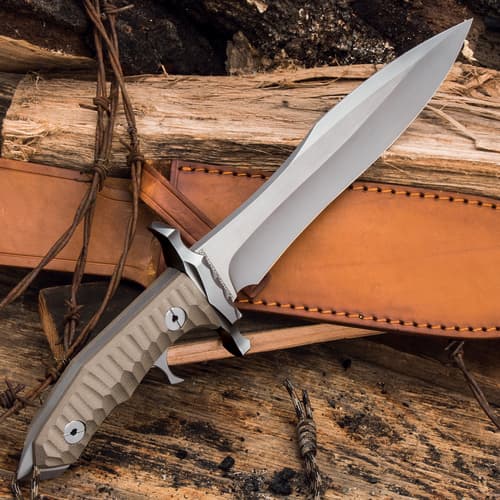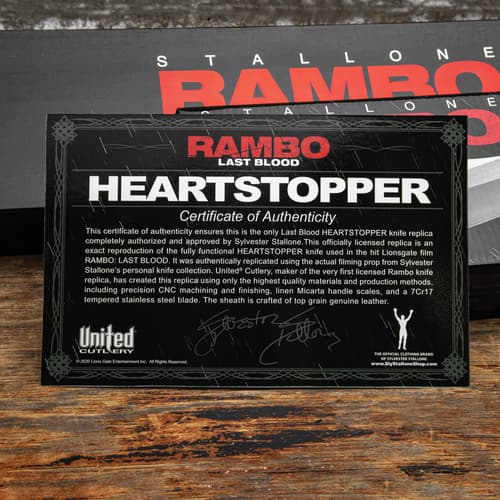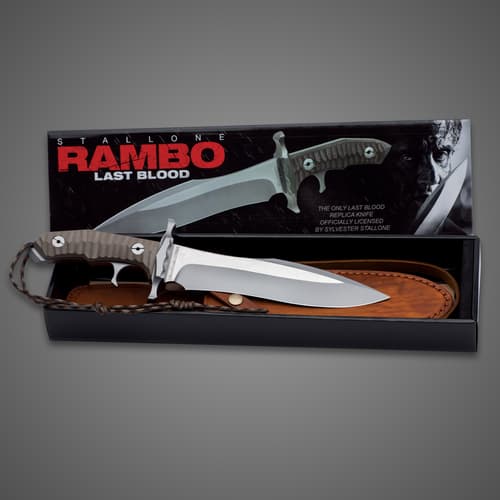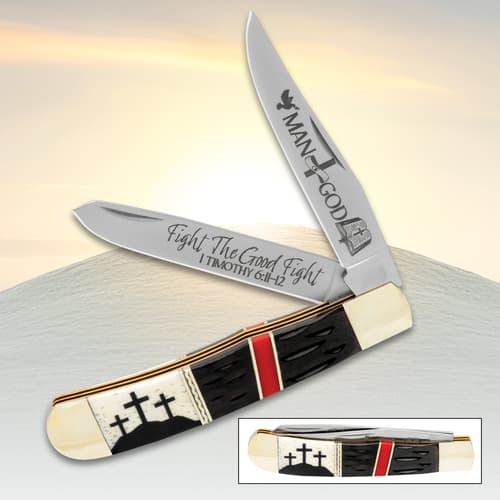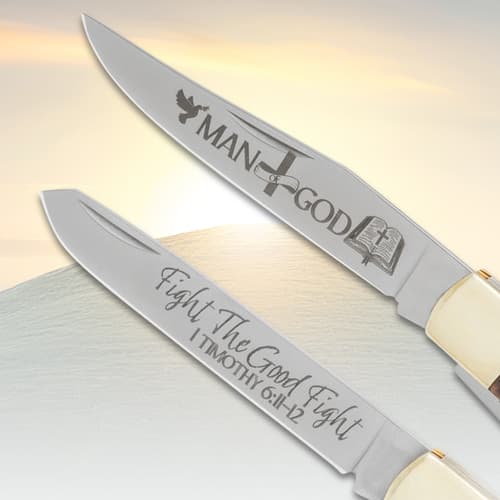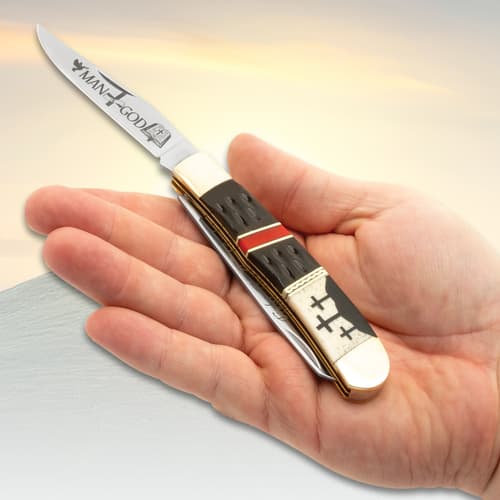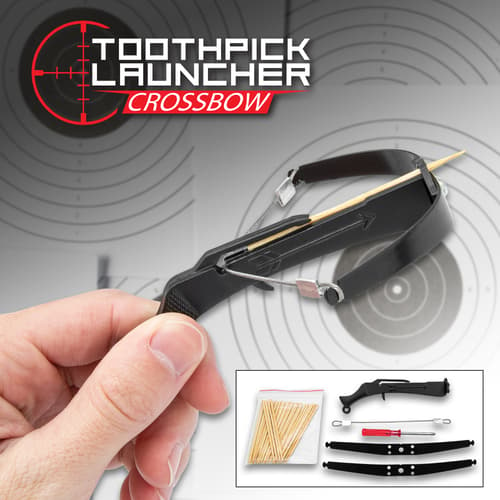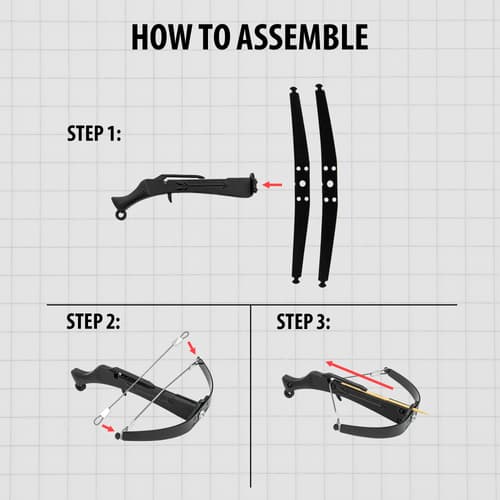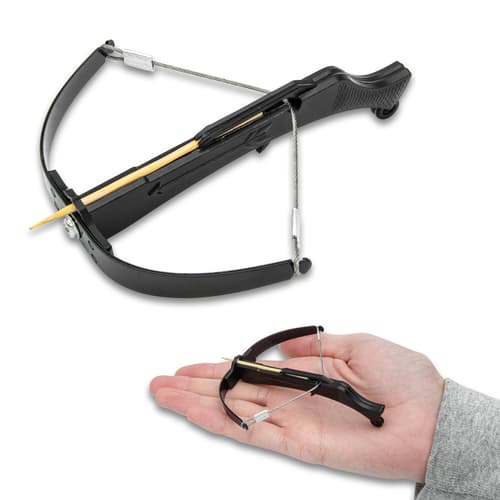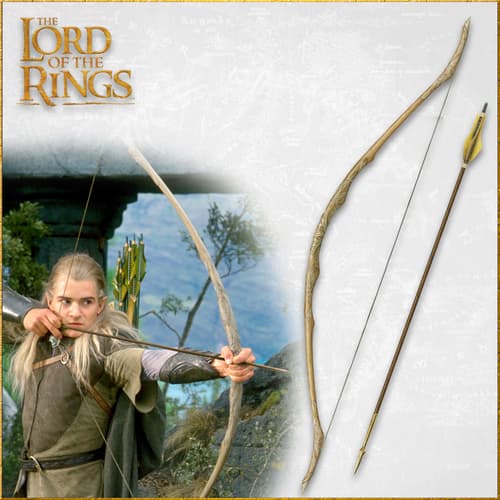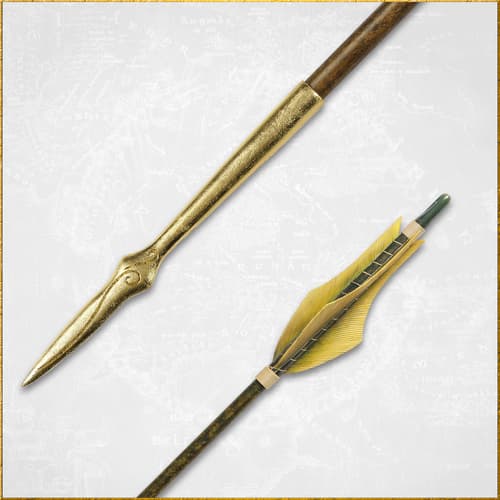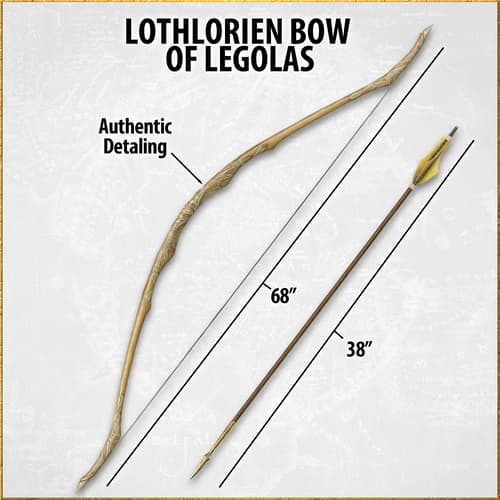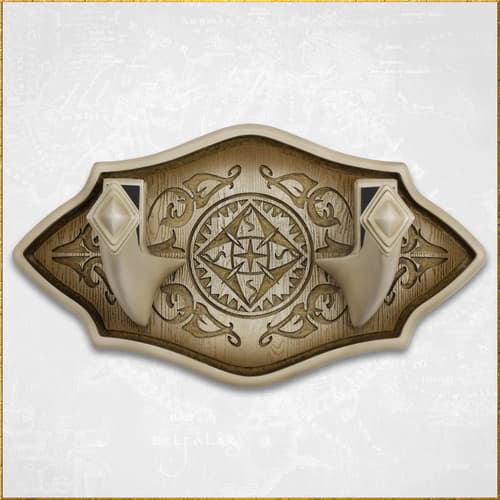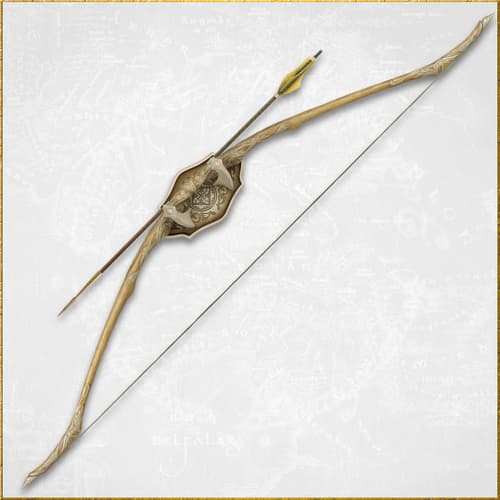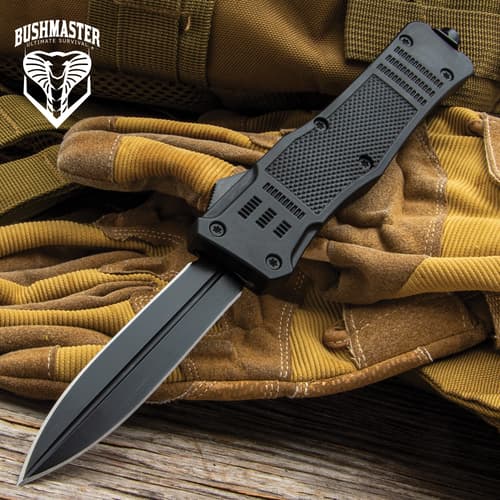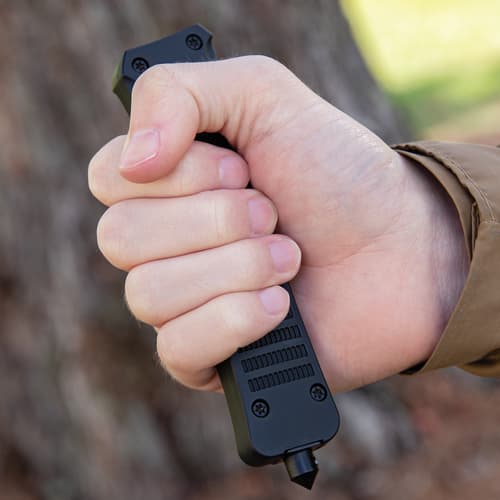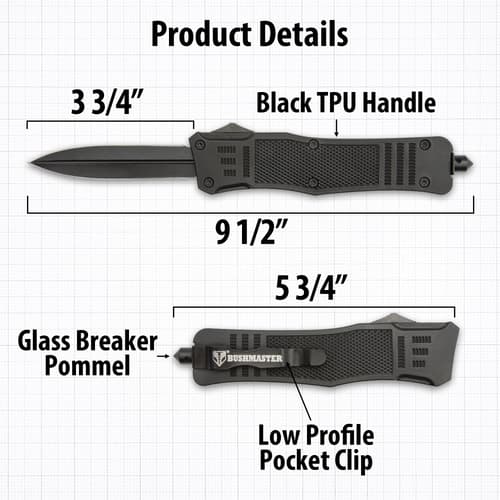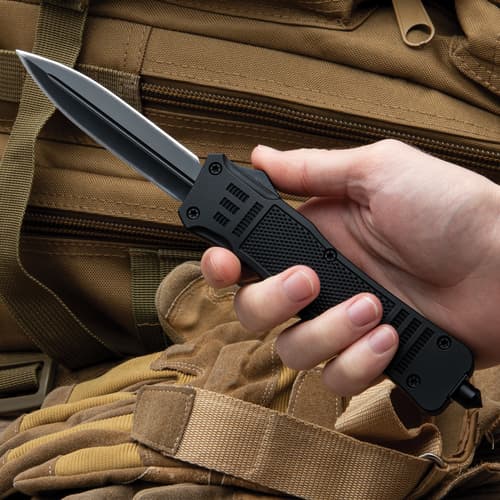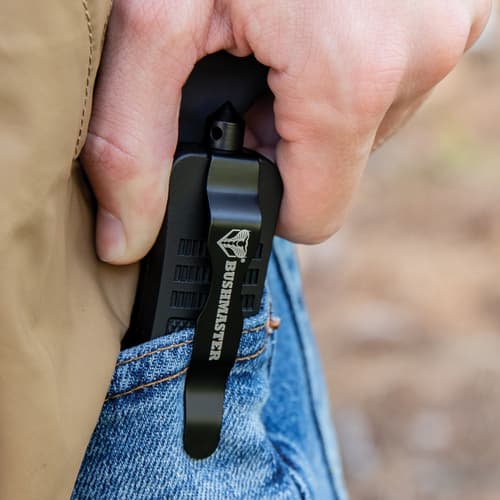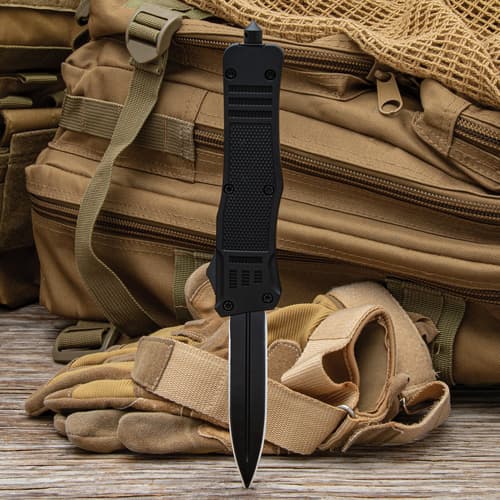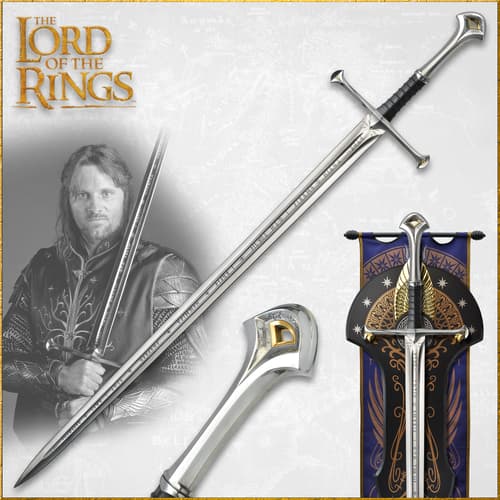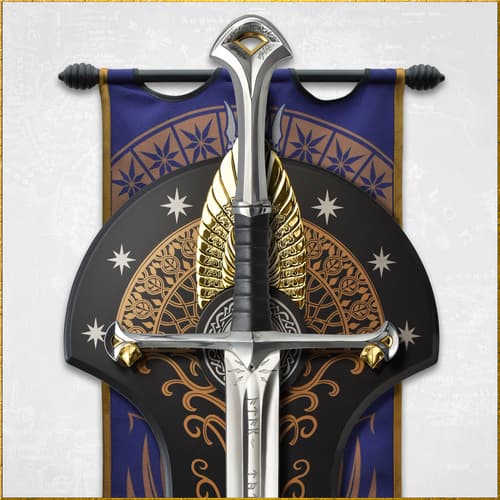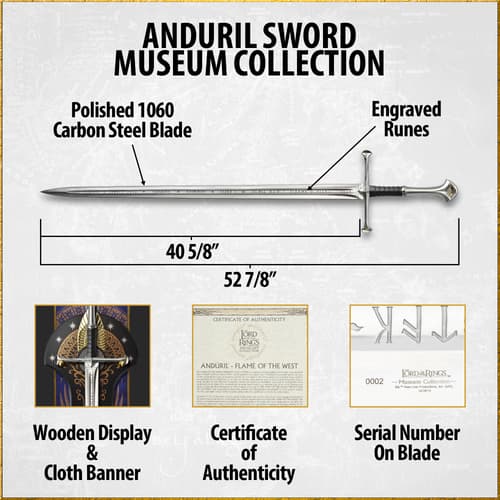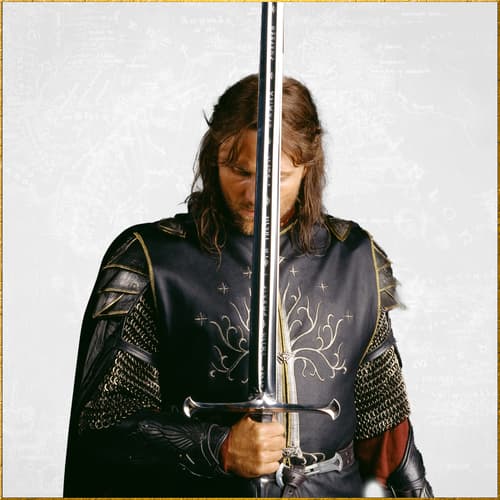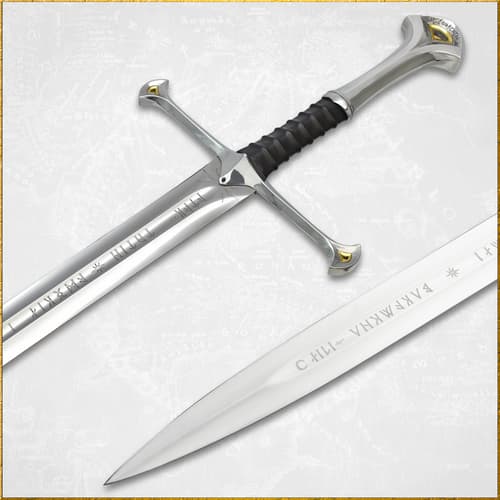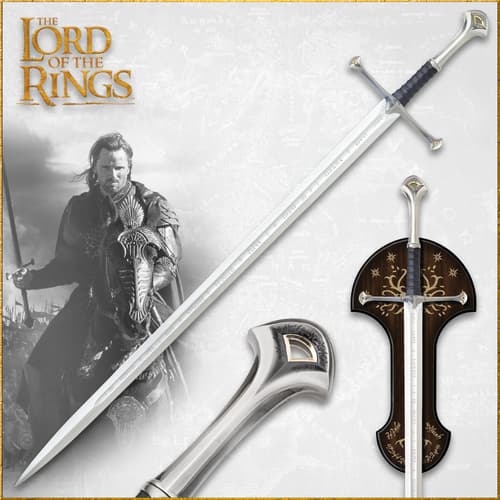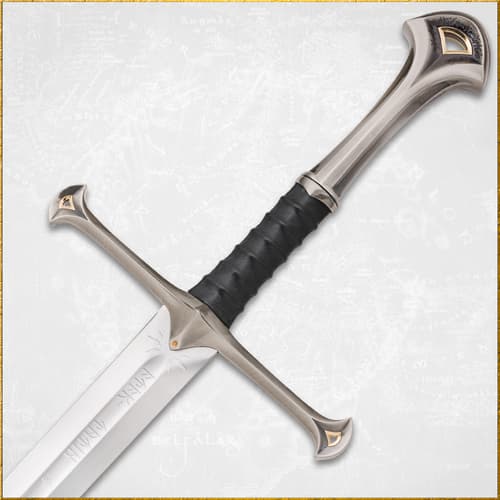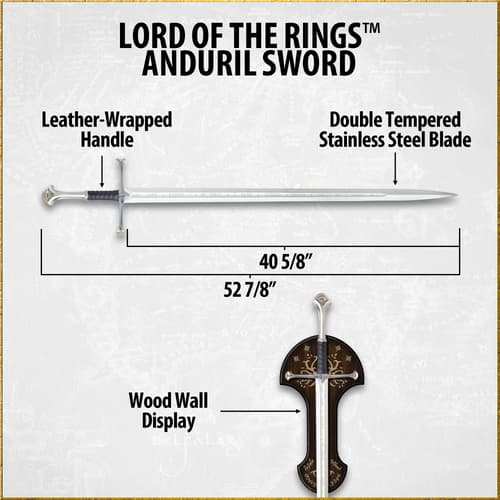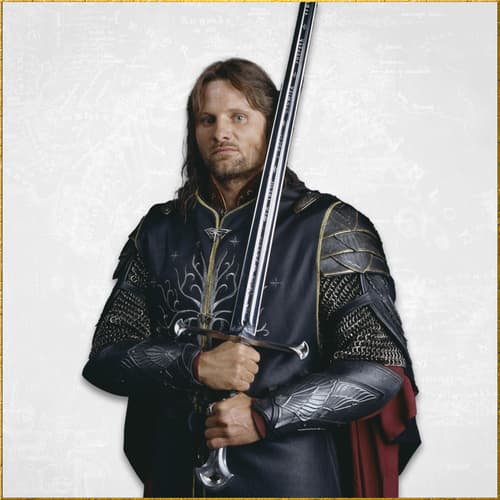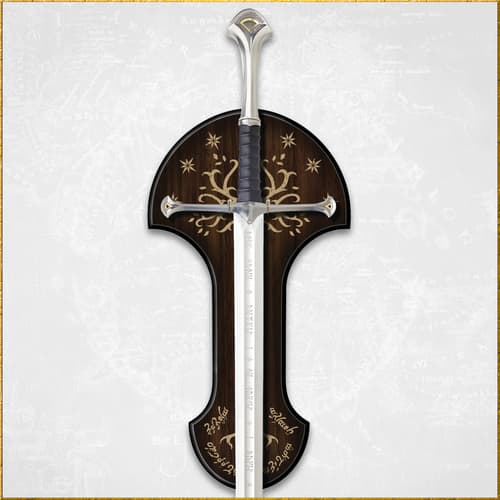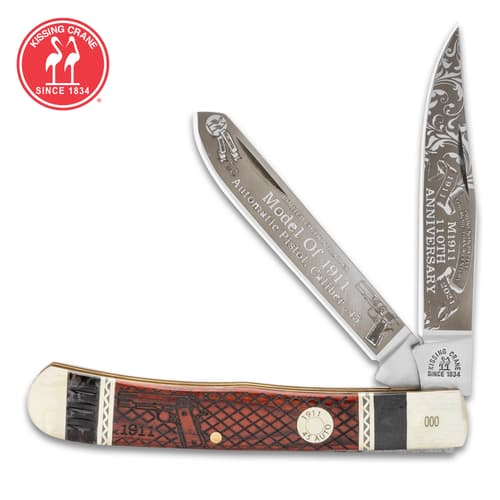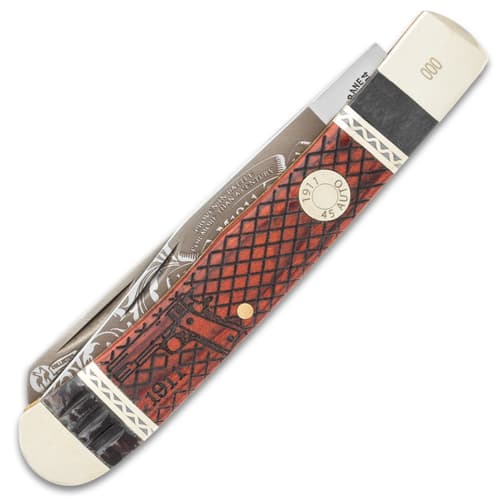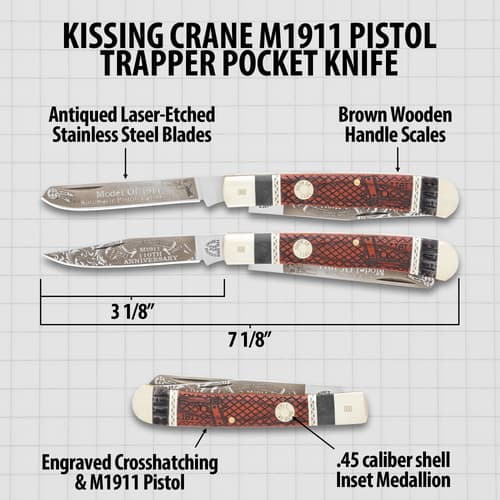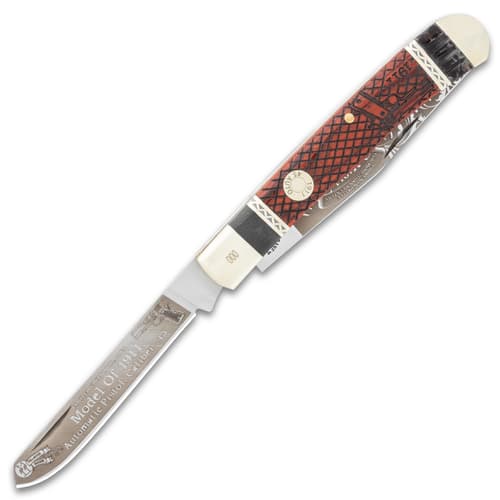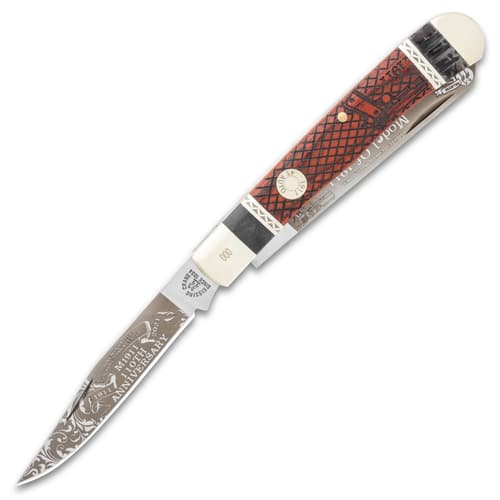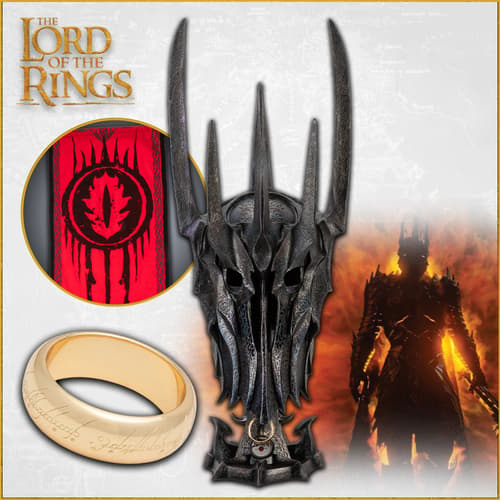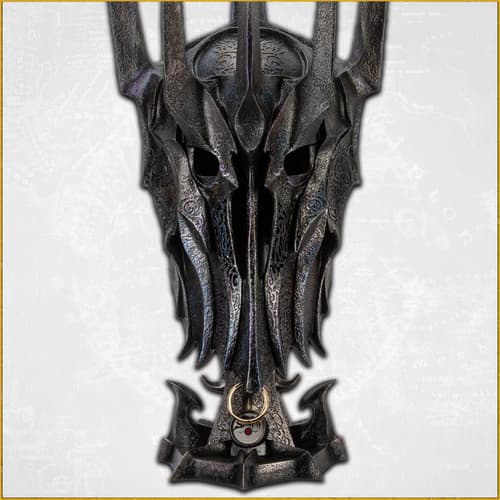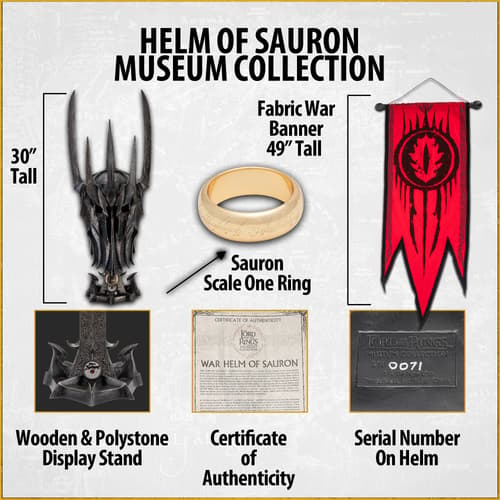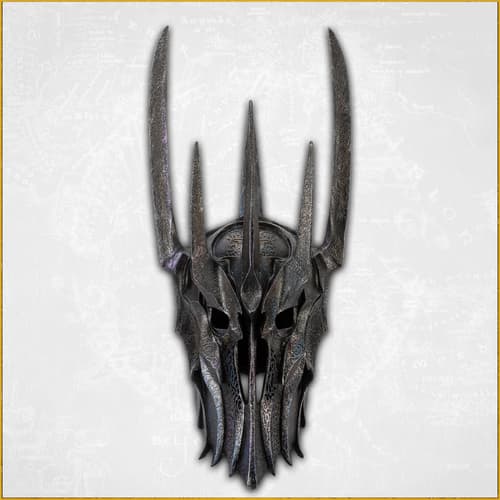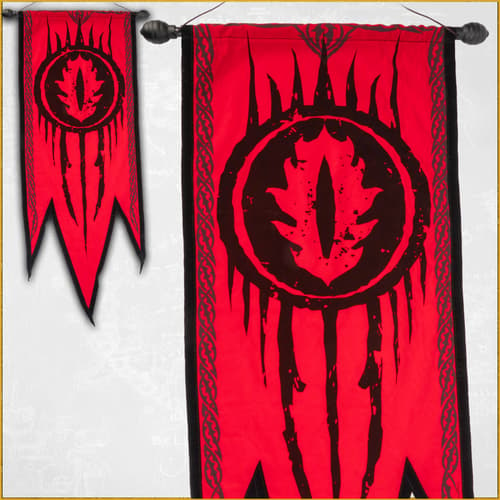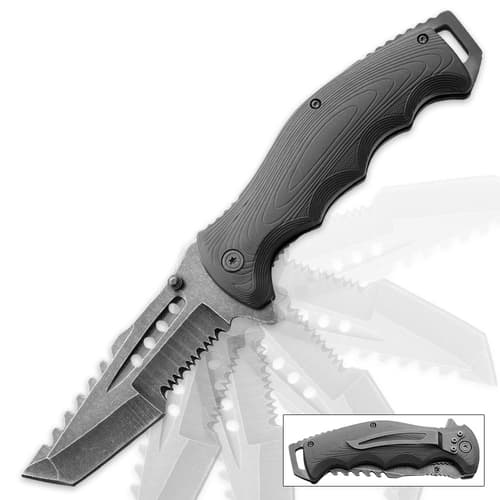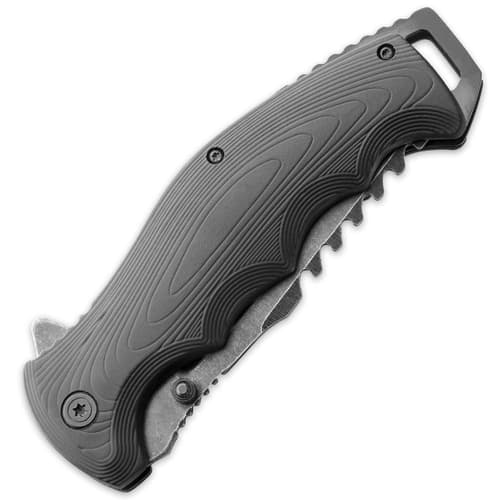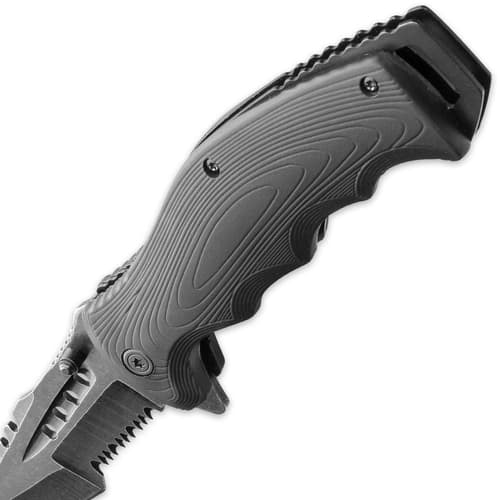Medieval Weapons For your Castle

By Adelia Ladson
What’s Considered A Medieval Weapon?
Actually, the scope of Medieval weapon is pretty wide. They can be as varied as the areas they came from and the period of the Middle Ages they were forged in. What people most identify as a Medieval weapon is the sword as it’s the weapon of the Middle Ages’ main character – the knight. Yet, there are others that are easily identifiable for the age. Look for clubs and maces, which are clubs with a weighted, metal head. The flail, which consists of a spiked metal ball attached to a handle by a rope or chain, is also easily identifiable as a Medieval weapon. Add to those, the battle axe, war hammer and spear and you have quite a selection of armory to choose from.Swords
There are so many options you can choose from, and a Medieval sword can be as decorative as you want it, or, if you prefer, simple and sleek. You also have a choice of construction material from stainless steel to Damascus steel or whether you want your blade to be a functional or display only edge. Here are two high-quality replicas that show you a decorative option and a simple option.Honshu Historic Single-Handed Sword
Honshu has put out a line of historical weapons that are both impressive looking and functional. The Single-Handed Sword gives you perfect blade-to-hilt balancing, achieved through modern engineering. It has a high carbon steel blade, which extends from a polished steel crossguard. Providing a slip-free, comfortable grip, the hardwood handle is wrapped in brown leather and the hefty pommel is also polished steel. The Medieval-style sword is a massive 40” overall and it comes with a brown leather scabbard. If you’re looking for simplicity with a bite, this sword is a must-have for your collection.Jerusalem Rose Crusader Short Sword
The Jerusalem Rose Crusader Short Sword features the “Jerusalem Cross” – a symbol that was worn by Medieval Crusaders. It’s set into the metal alloy, circular pommel on a brass disk and it is encircled with the traditional rose badges of the nobles. The metal alloy crossguard is also embossed with the rose badges, as well as, the mouth of the scabbard. Although, not as massive as the above sword, it has a sharp, double-edged stainless steel blade and was inspired by the easy-to-conceal short swords that were carried by the nobility and other well-to-do Holy Land travelers. The black metal alloy handle is banded with steel, making it grippy and the scabbard is also black metal. Wrapped leather strap accents the scabbard and the ends of it can be buckled onto your belt. At just 22 1/2” overall, the Jerusalem Rose Short Sword is perfect for display, sword collections, theater, cosplay or simply enjoying on its own.Clubs And Maces
Some form of club has been used as a weapon ever since Primitive Man picked up a good, hefty stick and hit his neighbor over the head with it. The mace was the evolution of the simple wooden club with the addition of a piece of metal or stone on the end to give more power to its swing and crushing force to its blow. Below, you’ll find some excellent examples of replica Medieval striking weapons that you can get your hands on.Spiked Battle Club
Brutal and effective, the Spiked Battle Club is a reproduction of one of the earlier versions of this type of weapon. Its construction is pretty simple, having 21 sharp metal spikes mounted into a hardwood club with a grooved grip. It’s just under 22” overall and is guaranteed to be a big hit at the Medieval fair or with your favorite bunch of barbarians!Spiked Mace
Improving on the spiked club design, the mace made its appearance. A more sophisticated design, if you can call something meant for bashing in someone’s head sophisticated, it would have been forged by a blacksmith. The Spiked Mace is a typical design for the Middle Ages with a spiked ball set atop a steel handle with a leather-wrapped grip. The 35” overall mace features a skull-crusher pommel, and the spikes are actually removable.Flails
If you are looking for a really impressive Medieval weapon to display, a flail is definitely a conversation-starter. Used by foot soldiers, the swinging spiked ball and chain weapon took the spiked mace to a whole new level. I have included both a single and double flail reproduction design.Single Ball Flail
The Single Spiked Ball Flail is an accurate replica that has been handcrafted from premium materials. The 1-lb spiked steel ball is supported by a thick chain attached to a 15 1/2”, hardwood handle with a leather-wrapped grip. The flail has chain loop at the end of the handle so that it can be secured to your hand.Double Ball Flail
The Double Spiked Ball Flail is constructed the same as the flail above with the same dimensions. The only difference is that there is a second spiked ball and chain attached to the handle.Battle Axes
Another impressive Medieval weapon is the battle axe! The average denizen of the Middle Ages couldn’t afford a sword like the knights carried but an axe was something he could readily lay his hands on. It also required less skill to use in battle than a sword. The battle axes that I’ve included are display-worthy but are sharp and functional, too, with plenty of chopping power.Hand-Forged Bearded Axe
The Hand-Forged Bearded Axe draws its inspiration and design from Viking axes, but it is not just a display piece. It is fully-functional and can be used for a variety of chores around the homestead. The rough-forged, high carbon iron axe head is 7 3/4” wide with a keenly sharp 6 1/2” blade with a satin finish. The axe head is securely attached to a sturdy wooden handle, making it 23” in overall length to give you plenty of chopping power.Medieval Weapons For Your Castle
What’s Considered A Medieval Weapon? Actually, the scope of Medieval weapon is pretty wide. They can be as varied as the areas they came from and the period of the Middle Ages they were forged in. What people most identify as a Medieval weapon is the sword as it’s the weapon of the Middle Ages’ main character – the knight. Yet, there are others that are easily identifiable for the age. Look for clubs and maces, which are clubs with a weighted, metal head. The flail, which consists of a spiked metal ball attached to a handle by a rope or chain, is also easily identifiable as a Medieval weapon. Add to those, the battle axe, war hammer and spear and you have quite a selection of armory to choose from.
